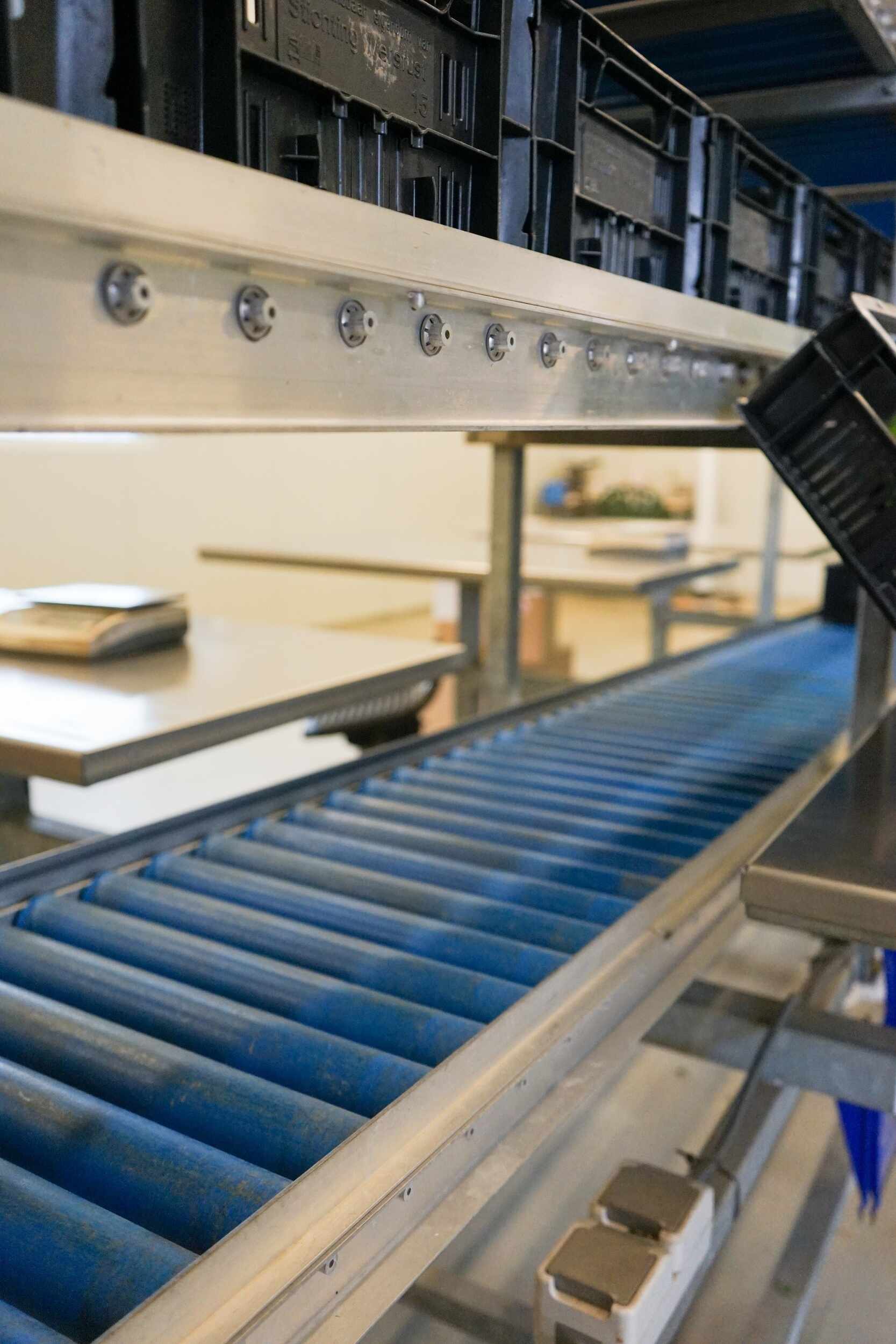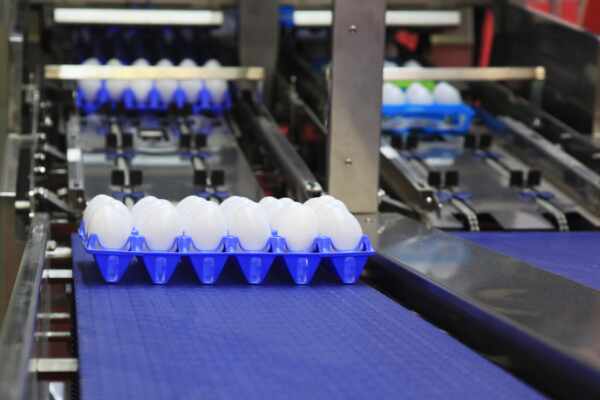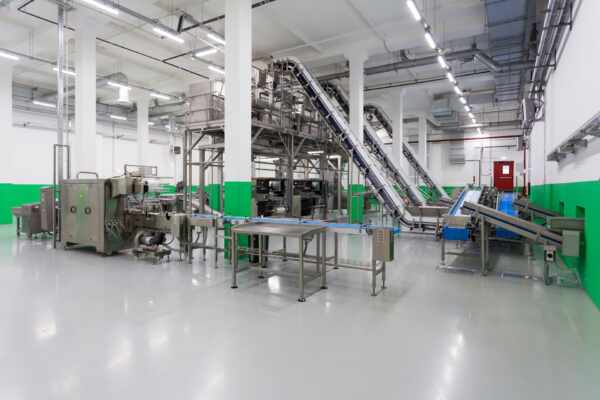The smooth and efficient operation of conveyor belt systems is a critical component of productivity within industrial and manufacturing facilities. Among the many factors that contribute to the reliable performance of conveyor belts, tracking plays a vital role. Proper tracking ensures the belts run correctly on the pulleys, avoiding issues such as uneven wear, belt damage, and operational complications that can negatively impact the overall system functioning.
In this article, we’ll explore the importance of conveyor belt tracking, shedding light on how its proper implementation can optimise your facility’s conveyor belt system and lead to significant improvements in operational performance. From identifying common tracking issues to discussing solutions and maintenance tips, this comprehensive guide will empower you with the knowledge to effectively troubleshoot and regularly maintain your conveyor belt systems for sustained maximum efficiency.
With years of experience in conveyor belt systems, our goal is to share valuable insights to help you make the most out of your conveyor belt investment. Join us as we delve deeper into the practical aspects of conveyor belt tracking, offering guidance on how to prevent, identify, and rectify potential issues while ensuring optimal system performance for your facility’s conveyor systems.
1. Unravelling the Intricacies of Conveyor Belt Tracking
Conveyor belt tracking refers to the process of adjusting and aligning the belt on its intended path, ensuring proper interaction with the pulleys, rollers, and idlers. Effective tracking ultimately leads to a longer lifespan for the belt and its components, reduced maintenance costs, and enhanced system performance. Understanding the mechanics of tracking, as well as the many factors that contribute to optimal alignment, is essential for maintaining efficient conveyor belt systems within your facility.
Key components of conveyor belt tracking include:
- Pulley alignment: Ensuring the pulleys are level, square, and properly positioned is crucial for optimal tracking performance.
- Idler installation: Well-installed and correctly spaced idlers play a crucial role in maintaining proper belt alignment.
- Belt tension: Adequate belt tension is vital for maintaining consistent contact with rollers and pulleys, which in turn helps to uphold the belt’s proper alignment.
2. Common Conveyor Belt Tracking Issues and Their Causes
When the conveyor belt fails to follow its intended path, the result is misalignment and a range of related problems. Identifying common tracking issues and understanding their causes is key to addressing conveyor belt alignment problems within your facility.
Typical tracking problems and their causes include:
- Material build-up on pulleys or idlers: Excessive accumulation of material on components can cause the belt to be pushed off its intended path.
- Uneven belt wear or damage: Improper alignment can lead to uneven wear or damage on the belt’s surface, exacerbating further tracking issues.
- Structural frame misalignment: If the conveyor structure becomes distorted or misaligned, it may alter the belt’s intended path.
3. Solutions and Maintenance Tips for Optimising Belt Tracking
Applying practical solutions, combined with routine maintenance, can help prevent potential tracking issues and maximise the efficiency of your conveyor belt system. Identifying and isolating the causes of tracking problems is a necessary first step towards implementing effective corrective actions that will optimise belt alignment, extend belt life and improve overall system performance.
Key solutions and maintenance tips include:
- Inspect and clean components regularly: Scheduling routine inspections and cleanings for all conveyor belt system components can help prevent material build-up and ensure the belt runs smoothly on its proper path.
- Install self-aligning idlers: Utilising self-aligning idlers can assist in maintaining correct belt alignment, adding an extra layer of protection against tracking issues.
- Monitor belt tension and adjust as necessary: Regularly checking belt tension and adjusting as needed helps to maintain optimal operational conditions, ensuring consistent tracking performance.
4. The Role of Conveyor Belt Tracking Technologies
In recent years, advancements in tracking technologies have provided new tools for maintaining optimal conveyor belt system performance. By automating certain tracking functions and enabling real-time monitoring, these innovations have made it easier to identify potential issues and adjust belt alignment as needed.
Some pivotal tracking technologies include:
- Belt tracking sensors: These sensors can automatically detect belt edge positions, providing real-time feedback that allows for prompt adjustments when required.
- Guided tracking systems: By incorporating active control mechanisms, these systems can prevent misalignment by continually guiding the belt back to its proper path.
Conclusion
Effective conveyor belt tracking is an essential aspect of maintaining optimal system performance in industrial and manufacturing facilities. By understanding the mechanics of belt alignment, identifying and addressing common tracking issues, implementing proactive solutions and employing advanced technologies, it’s possible to extend the life of your conveyor belt system while maximising efficiency, safety, and productivity.
If your facility is facing conveyor belt tracking challenges, reach out to Change Parts Pty Ltd for expert guidance. Our team of professionals will draw upon years of experience and knowledge to help you find the right solutions for your unique operational needs. Contact us today to discuss how we can help you achieve peak conveyor system performance and drive unparalleled success for your business.




